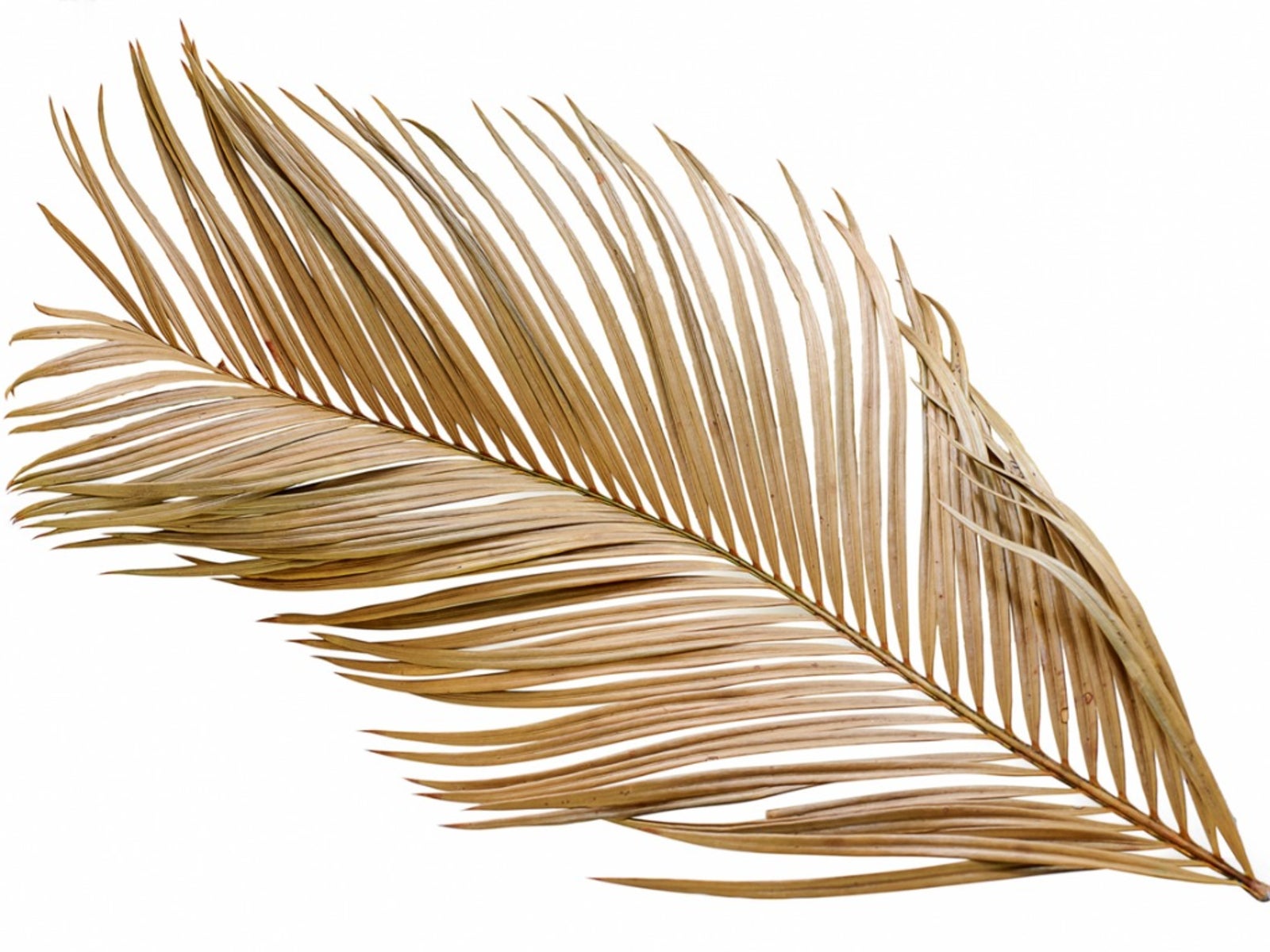Brown Tips On Sago: Reasons For Sago Palm Turning Brown


Sago palms are excellent landscape plants in warm to temperate climates and as interior potted specimens. Sagos are relatively easy to grow but have some specific growing requirements including soil pH, nutrient levels, lighting, and moisture. If a sago palm has brown leaf tips, it could be a cultural, disease, or pest issue. Sometimes the problem is as simple as too much harsh sunlight and relocation will cure the issue. Other reasons for brown tips on sago may take some sleuthing to identify the cause and rectify the problem.
Reasons for Brown Leaves on Sago Palm
Sago palms are not true palms but members of the cycad family, an ancient plant form that has been around since before the dinosaurs. These tough little plants can withstand a lot of punishment and still reward you with their large attractive leaves and compact form. Brown leaves on sago palm are most commonly caused by sun scorch and inadequate moisture but there are some sneaky little pests and disease issues that can also be the source of the problem. Light – Sagos like well-drained soil in low light conditions. Soggy soil will result in yellowing leaves and overall diminishment of health. Excess light can burn the tips of the foliage, leaving brown, crinkled tips. Nutrient deficiency – Manganese deficiency in soil can cause palm tips to turn yellowish brown and stunt new growth. Excess salts in potted plants occur when over-fertilizing takes place. Brown tips on sago indicate the plant has too much salt in the soil. This can be corrected by giving the plant a good soil drench. These cycads do need occasional fertilizing with a slow release 8-8-8 balanced plant food. The slow release will gradually fertilize the plant, preventing salt build up. Spider mites – A magnifying glass may be necessary when a sago palm has brown leaf tips. Spider mites are a common pest of both indoor and outdoor plants of many varieties. Sago palms with fine spider web type structures among the stems and fanned leaves may exhibit browning on foliage as a result of the feeding activity of these tiny insects. Scale – Another insect pest you might spot is scale, particularly Aulacaspis scale. This pest is yellowish white, fairly flat, and can be found on any part of the plant. It is a sucking insect which will cause leaf tips to turn yellow then brown over time. Horticultural oil is a good combative measure for both insects.
Other Causes of Sago Palm Turning Brown
Potted plants do well in close confines but will require repotting and new soil every few years. Choose a well-draining potting mix that is sterile to avoid transmitting fungal organisms that can affect plant health. In ground plants benefit from organic mulch that will gradually add nutrients to the soil while conserving moisture and preventing competitive weeds and other plants. Leaves of sago palm turning brown are also a normal condition. Every season as the plant grows it produces new little fronds. These fans grow larger and the plant needs to make room for the new growth. It does this by sloughing off old fans. The lower older leaves turn brown and dry. You can simply cut these off to restore the appearance of the plant and help it as it gets bigger. Most causes of brown leaves on sago are easy to handle and a simple matter of changing lighting, watering, or nutrient delivery.
Sign up for the Gardening Know How newsletter today and receive a free copy of our e-book "How to Grow Delicious Tomatoes".

Bonnie Grant is a professional landscaper with a Certification in Urban Gardening. She has been gardening and writing for 15 years. A former professional chef, she has a passion for edible landscaping.